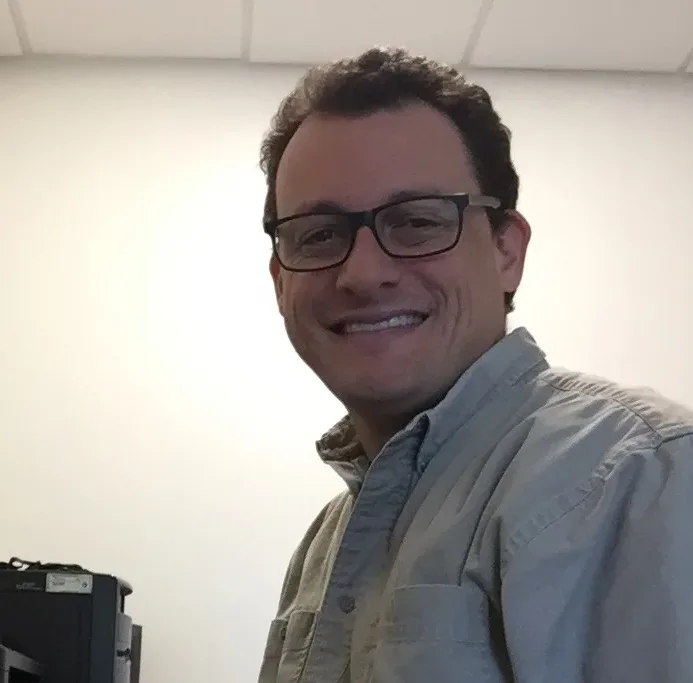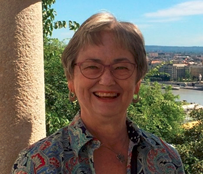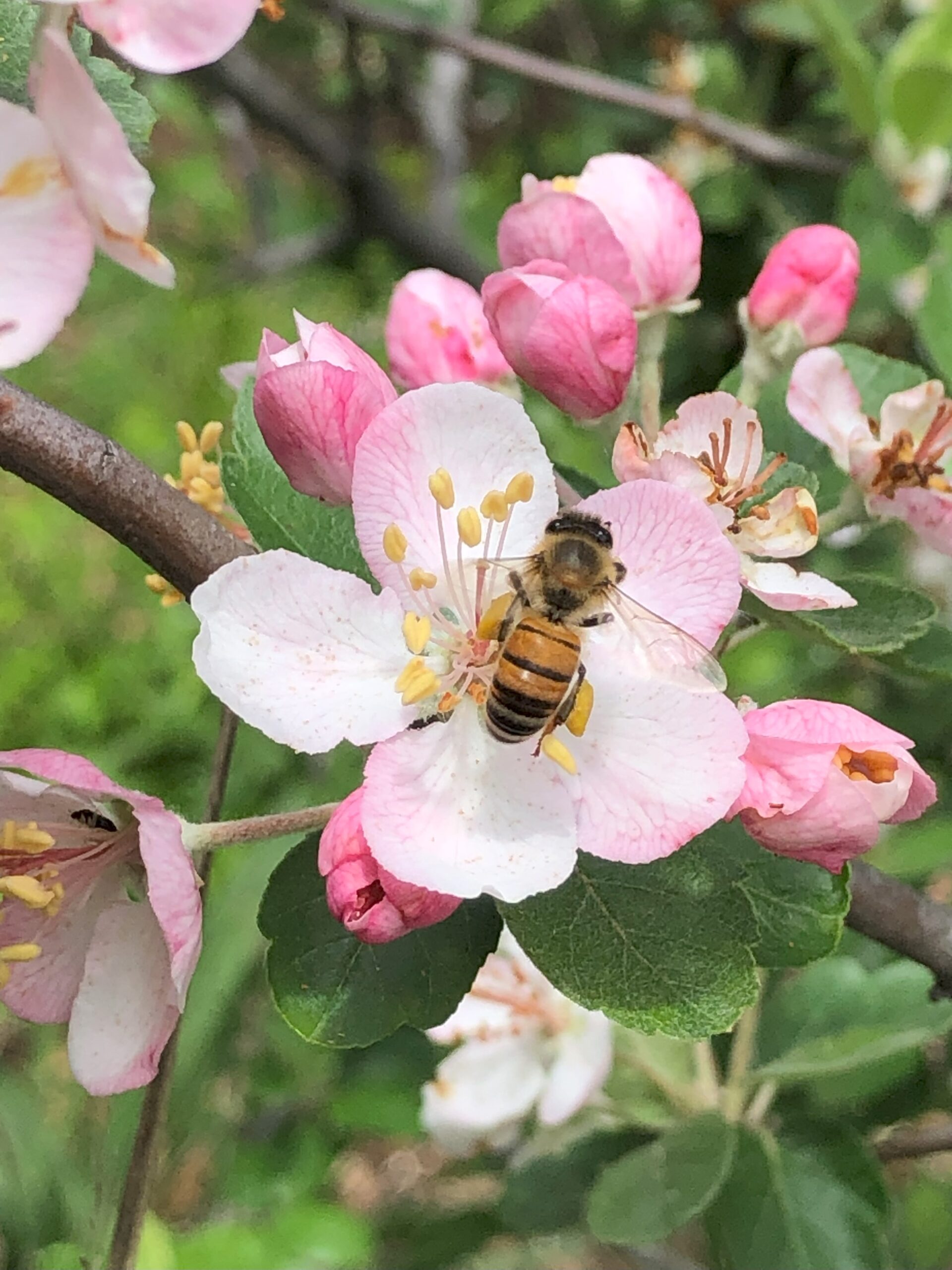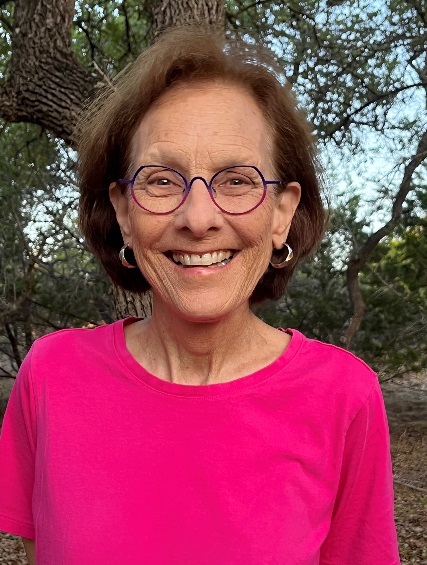Home » Highland Lakes » Page 2

Celebrate Native Plant Week at the Native Plant Society of Texas Fall Native Plant sale Saturday, October 28, 9:00 am on the Burnet Courthouse Square. Locally grown native trees, shrubs

Our next Highland Lakes Native Plant Society meeting is Saturday, Sept. 16,2023, 1:00-3:00 at the Marble Falls Library, 101 Main St. Deedy Wright will present Garden and xeriscape design with

Blanco Crabapple with honeybee
Photo by Fred Zagst
taken 14-Apr-23 in Marble Falls

Our next Highland Lakes Native Plant Society meeting is Saturday, May 20, 2023, 1:00-3:00 at the Marble Falls Library, 101 Main St. Meg Inglis, Executive Director, Native Plant Society
April 4 field trip to Church of Horseshoe Bay and Horseshoe Bay Nature Park photos with the Highland Lakes Bird and Wildflower Society. Check out the photos here. All photos
State Office Address:
Native Plant Society of Texas
PO Box 3017
Fredericksburg, TX 78624
Become an important part of a statewide community with over 5,000 members, who are united in our mission to promote Texas native plants!
Native Plant Society of Texas is a 501(3)(c) nonprofit organization This website and all content Copyright © Native Plant Society of Texas. All rights reserved. Content may not be reprinted in whole or in part without written permission. Contact the Webmaster.